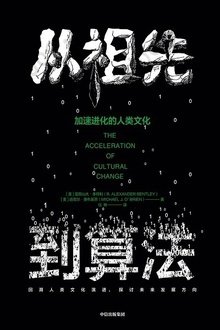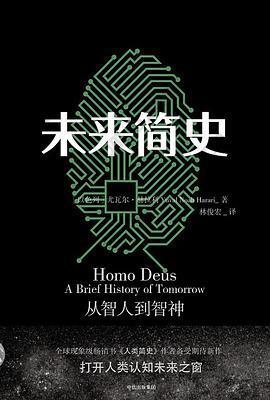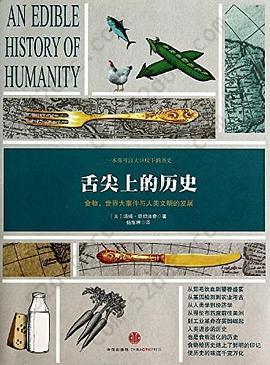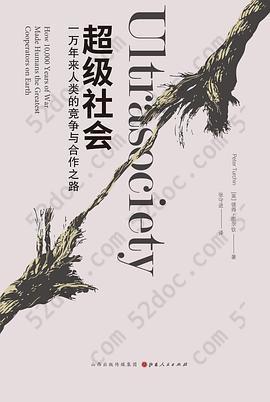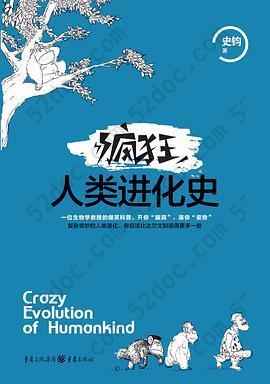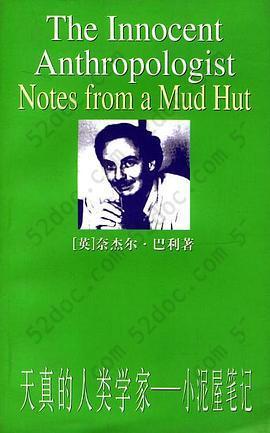注重体验与质量的电子书资源下载网站
分类于: 职场办公 云计算&大数据
简介

Calligraphy and Power in Contemporary Chinese Society 豆 0.0分
资源最后更新于 2020-11-07 12:36:00
作者:Yuehping Yen
出版社:Routledge
出版日期:2005-01
ISBN:9780415317535
文件格式: pdf
标签: calligraphy Anthropology 民族志 人类学 身体 英文原版 艺术人类学 海外中国研究
简介· · · · · ·
This unusual and interesting book is a fascinating account of the world of Chinese writing. It examines Chinese space and the political and social use of writing as propaganda, a publicity booster and as a ladder for social climbing.
目录
List of figures ix
Acknowledgements x
Brief chronology of Chinese history xi
Introduction: the abode of calligraphic inscriptions 1
First encounter with social calligraphy 1
Modern technology spells the end of Chinese writing? 4
Writing and calligraphy – an anthropological lack 5
The ambiguity of Chinese calligraphy – where function meets aesthetics 7
Some methodological considerations 10
1 Dances with power: Public calligraphy and its social effects 15
Public calligraphy 17
Art or not: a matter of social manipulation 26
The power brush 32
2 Becoming a person through wen 33
Mingong: anything that city people are not 34
The notion of wenhua 44
Ascending the tower of deep knowledge 50
3 Handwriting and personhood 57
Fascination with handwriting 57
Handwriting and personhood 64
Calligraphy or handwriting as the extension of the body-person 75
4 Body-person engineering through ink and brush: Brush techniques and calligraphic composition 81
Anthropological literature on personhood and embodiment 81
Brush techniques 83
The composition of calligraphy 90
The moral brush 104
5 Brush work: Alternative bodybuilding 107
Practising calligraphy: the cultivation of a good body and a sound mind 107
The learning process magnified 116
The embodied brush and the production of subjectivity 125
Calligraphic paradox as the locus of social manipulation 132
6 Ideograms and knowledge 135
Written characters as the base of knowledge? 135
The modern script reform in China and its implication for Bloch’s thesis 139
Linguistic myth turned into social reality 149
7 Characters reloaded 156
Re-inventing calligraphy: characters are still good to think with 159
The ever-evolving relationship with power 161
The re-enchantment of calligraphy – the agency of calligraphy 166
Notes 171
Bibliography 188
List of Chinese characters for terms used in the text 203
Index 214
Acknowledgements x
Brief chronology of Chinese history xi
Introduction: the abode of calligraphic inscriptions 1
First encounter with social calligraphy 1
Modern technology spells the end of Chinese writing? 4
Writing and calligraphy – an anthropological lack 5
The ambiguity of Chinese calligraphy – where function meets aesthetics 7
Some methodological considerations 10
1 Dances with power: Public calligraphy and its social effects 15
Public calligraphy 17
Art or not: a matter of social manipulation 26
The power brush 32
2 Becoming a person through wen 33
Mingong: anything that city people are not 34
The notion of wenhua 44
Ascending the tower of deep knowledge 50
3 Handwriting and personhood 57
Fascination with handwriting 57
Handwriting and personhood 64
Calligraphy or handwriting as the extension of the body-person 75
4 Body-person engineering through ink and brush: Brush techniques and calligraphic composition 81
Anthropological literature on personhood and embodiment 81
Brush techniques 83
The composition of calligraphy 90
The moral brush 104
5 Brush work: Alternative bodybuilding 107
Practising calligraphy: the cultivation of a good body and a sound mind 107
The learning process magnified 116
The embodied brush and the production of subjectivity 125
Calligraphic paradox as the locus of social manipulation 132
6 Ideograms and knowledge 135
Written characters as the base of knowledge? 135
The modern script reform in China and its implication for Bloch’s thesis 139
Linguistic myth turned into social reality 149
7 Characters reloaded 156
Re-inventing calligraphy: characters are still good to think with 159
The ever-evolving relationship with power 161
The re-enchantment of calligraphy – the agency of calligraphy 166
Notes 171
Bibliography 188
List of Chinese characters for terms used in the text 203
Index 214


